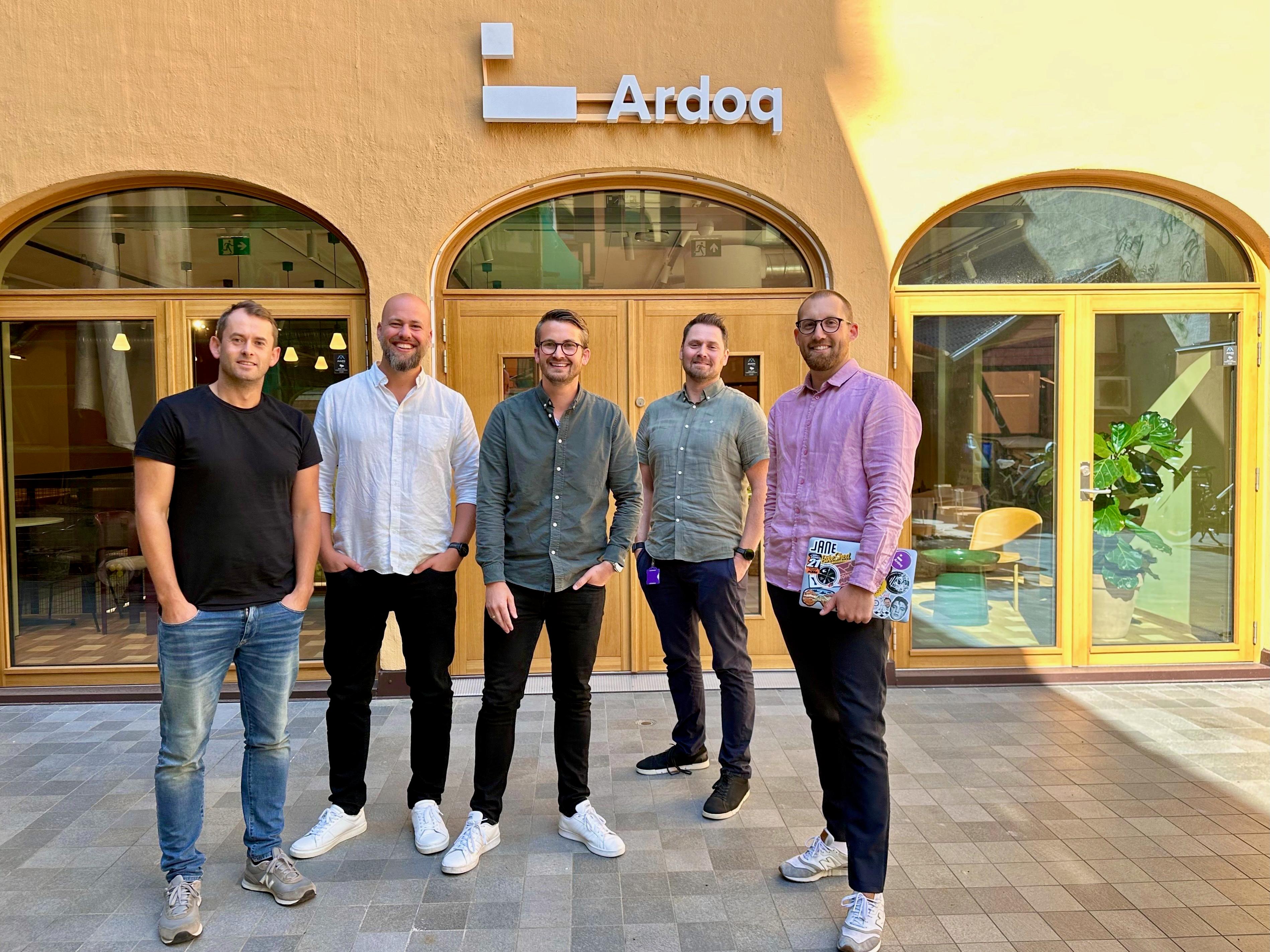
Agile organizations - The new normal: Agility

One of the biggest trends impacting the business world today is agility. “Agile” has arguably become the hottest buzzword in the last decade. Since the publishing of the Agile Manifesto in 2001, we have seen an explosion in new ways of building and leading organizations (Gustavsson, 2016).
The Agile Manifesto
Even though the Agile Manifesto was created primarily for and by software developers, its values and mindset have inspired people involved in different aspects of modern business.
At its core, “agile” describes a way of working characterized by frequent and incremental improvements as well as ongoing reassessment and adaptation of plans (Glavenski, 2016). An agile way of thinking means that you are always customer-centered, actively seeking customer feedback, and ready to change solutions based on that feedback.
Different agile methods have emerged due to this thinking, which are all based on the Agile Manifesto. These methods involve multiple iterations, small teams, short timelines, constant affirmation, and inspections before each iteration (Dutton, 2018). Studies have shown that implementing agile methods empowers employees, as it grants them more autonomy in decision making, which then boosts creativity (Rigby, Sutherland, and Noble, 2018).
Size doesn't matter - but speed does
The world is changing more rapidly than ever before, and agile working is becoming the new normal. The turbulent markets we see today are ruthless battlegrounds, where established companies are constantly forced to keep up with the tempo of their insurgent competitors to avoid being overthrown.
In the article “Fast Execution Needs Fast Strategy”, Stalk and Stewart claim that “.. across the business landscape, speed is becoming more important than size, and the basis of competition is shifting from scale to pace or tempo” (2019). They argue that the traditional, annual strategic planning process doesn’t help build fast and agile organizations.
Instead, modern companies need continuous, strategic change based on fresh marketplace insight. To develop a high level of agility, managers need tools and models that stimulate agile behavior throughout the organization.
If you want to read more about fast and agile organizations, we recommend these articles:
- “Fast Execution Needs Fast Strategy”, by the BCG Henderson Institute
- “Agile at Scale”, in the Harvard Business Review
ShiftX is a new way to do business process modeling. By focusing on usability and collaboration, we aim to close the knowledge gap between the different groups and sections in your company, organization, or unit by enabling everyone to participate and share their insights.

